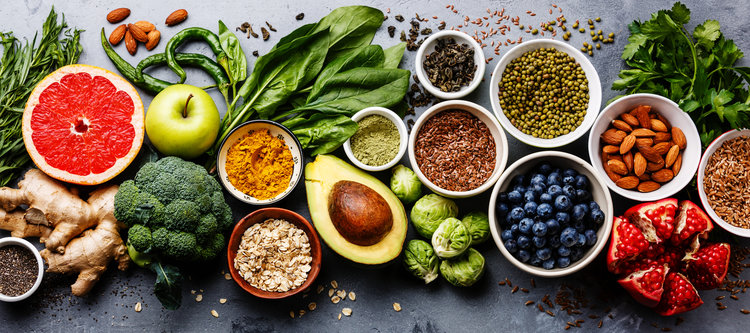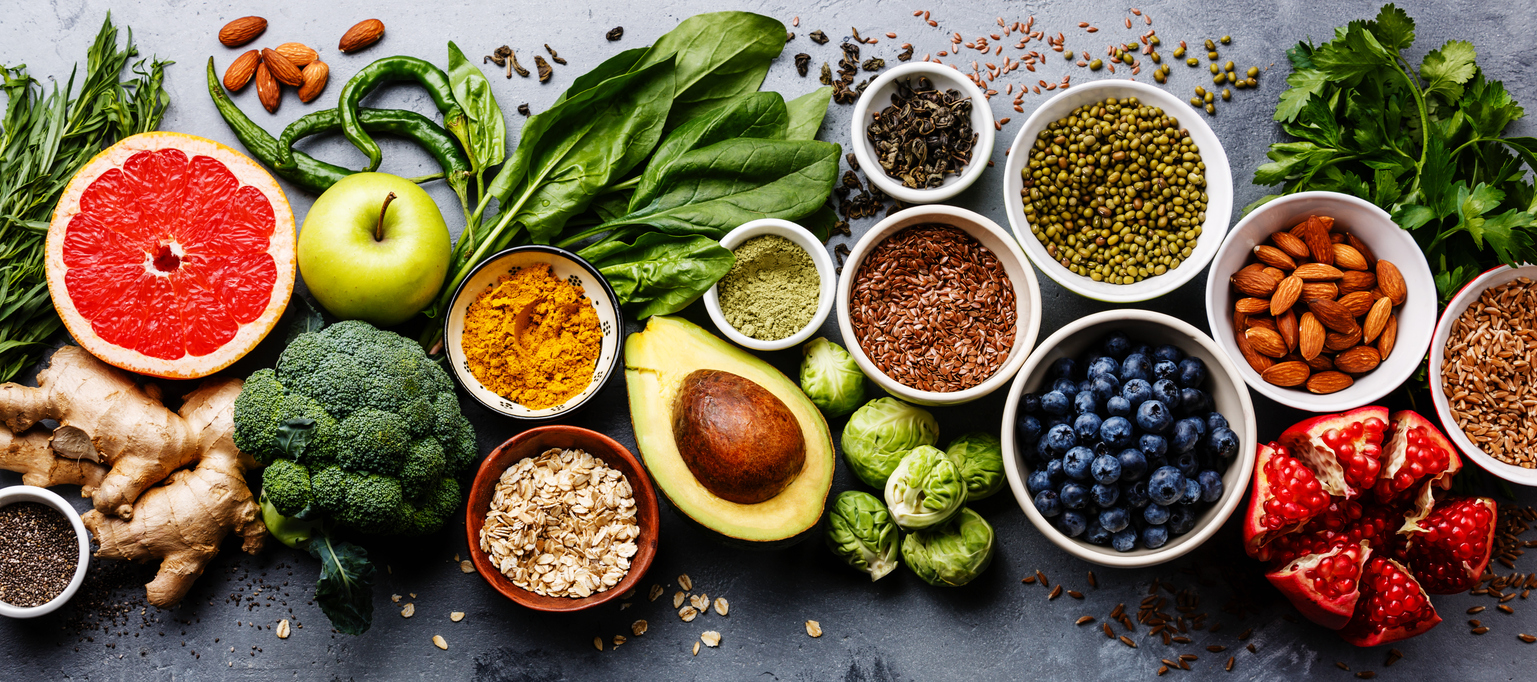Nutrition can support Bikram yoga by:
* Avoiding dizziness
* Maximising fat burn and weight loss
* Development of lean muscle
* Boosting energy
* Aiding detox
I’m often asked what the best foods to eat before exercise are and which foods to eat and not to eat for weight loss. While a pre exercise snack is not unimportant, its value should be minimal. What I mean by that is, try and ensure that the body is well nourished and hydrated on an ongoing basis, that what is consumed immediately, or in the run up to a workout is not a major factor, fuel wise.
Did you know that 40% of our daily Stress comes from poor food choices?
Most exercise enthusiasts will benefit most from a workout when they eat clean on their off days too. What this means is avoiding – refined sugars (go instead for coconut sugar or raw honey if you have blood sugar issues), processed foods, excess caffeine and alcohol. If eating meat/fish be sure to accompany with plenty of leafy green veg for balance. If you are a vegan,ensuring you are getting good sources of plant based protein such as hemp/moringa protein powder each day. Eat a rainbow of colours each day to ensure you have enough cell protecting antioxidants on board and last but by no means last I cannot stress enough the importance of adequate hydration.
There are many nutrition silver bullet approaches that may result in small improvements in performance but studies show the greatest benefits are seen when the diet is healthy overall. A tailored healthy baseline eating plan will provide your body with the raw materials it needs to function at a high level, especially during Bikram. It’s also really important to remember that how well your digestion is functioning will determine the benefits you get from the food you eat. By this I mean the level of nutrients you digest, absorb and assimilate into the body for energy and overall good health.
I would urge you to not ignore digestive symptoms in any form as they are a sign that the balance in your gut is off. Without a healthy balance of good bacteria in our gut we will not achieve optimum health.
Whilst it is important to ensure you take a good quality probiotic (natural yoghurt, organic apple cider vinegar, Kombucha) you also need to ensure you are providing your good gut bacteria with the right foods on a daily basis such as soluble fibre such as chia/hemp, onions, garlic,leeks, leafy greens and supergreen powders, like Moringa and Spirulina We now know an imbalance in our gut microbes plays a key role in imbalanced mood, depression, obesity, inflammation, autoimmune conditions, allergies, food intolerances….. The list really does go on.
Top tips:
-
Drink a glass of room temp water on waking with a squeeze of fresh lemon.
-
To replenish glycogen stores after your overnight fast always eat a light breakfast (at least >90 mins before your practice) Chia oats,Green Smoothie, Fruit salad.
-
If however you do a very early bikram session and do not feel like eating beforehand make sure to have a really good meal the evening before such as sweet potato, coconut oil, sautéed leafy greens, source of protein (tofu,meat,fish) and a raw salad.
-
Consume larger meals at least 3 hours before yoga. This could be a light meal such as a handful of cashews on top of a light, leafy-green salad with a quarter of an avocado, some tofu and drizzle of olive oil, a tsp of chia seeds and ½ a sweet potato with coconut oil.
-
A Super smoothie with some protein such as hemp/moringa is also a good option as a meal 4 hours before. Remember the protein slows the release of the glucose into the blood preventing low blood sugar (tired, hungry feeling) giving rise to steady energy release before your exercise session.
-
Avoid eating heavy, fatty foods the evening before Bikram because of how long it takes the body to digest fats. However, this doesn’t mean you should avoid fats altogether. Rather, healthy fats in moderation can fill you up, stabilizing blood sugar levels and preventing hunger pangs during or after classes.
-
** This is where your protein bomb or super smoothie comes in. Don’t miss the window or you will go into metabolic shut down, essentially becoming insulin resistant which could last up to 72 hours**.
-
Boost your intake of anti-inflammatory foods after exercise to control inflammation from tissue damage and support the immune system as exercise is a stress on the body due to free radical damage. Nuts, seeds, chia, turmeric can all be added to smoothies.
-
Boost antioxidants such as vitamin C and choose brightly coloured foods. Acai Berry and Baobab powder are rich in compounds that help minimise cell damage after exercise due to their ability to fight free radicals. Baobab Powder powder contains 6 times more vitamin C than an orange, has more iron than red meat, delivers twice as much calcium as milk and more potassium than bananas.
-
Get 8 hours sleep each night and try to get to bed before 11 and at the latest 12 midnight the night before yoga.
-
Take an Epsom salt baths after intense exercise, the magnesium will help relax the muscles and joints.
-
Know your hidden Food allergies or intolerances: Having food intolerance is not the same as having a full blown allergy; however they can manifest in various different symptoms such as weight gain, bloating, sinus, frequent mucus build up, constipation or diarrhoea, irritable bowel, weight around the middle, fatigue, headaches, low mood and poor nutrient status due to absorbency issues. The main reactionary foods include; gluten, wheat, dairy, soya and yeast. Removing a problematic food can make a massive difference to energy, performance, weight loss, concentration and mood. If you suspect that you may have a food intolerance speak to me and I can guide you through an elimination diet or provide various testing options in my clinic.
-
Eating the wrong foods or too close to practice may lead to indigestion, nausea, bloating, diarrhoea or constipation. The foods you eat should agree with your stomach and allow you to feel good both during and after your practices. This takes practice as everyone is different.


